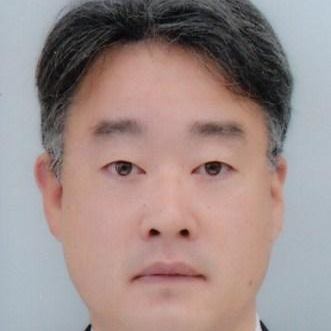Selected Papers from the NMJ2018
A special issue of Applied Sciences (ISSN 2076-3417). This special issue belongs to the section "Optics and Lasers".
Deadline for manuscript submissions: closed (1 January 2019) | Viewed by 103870
Special Issue Editors
Interests: nanomaterials; metals; smart materials; materials for environment and energy; light sensitive materials; biomass materials; materials for welding and joinning
Special Issues, Collections and Topics in MDPI journals
Interests: micro- and nano-joining; soldering; brazing and diffusion bonding; new joining materials and technologies; nano-multilayers; composite materials
Interests: laser nano-micro-macro-processing; laser nano/micro-joining; laser-matter interaction
Interests: micro/nano-joining and manufacturing; laser sintering; low temperature packaging for electronics; nanoengineering for water treatment
Special Issue Information
Dear Colleagues:
After the successful conferences in Niagara Falls, Canada in 2016 (NMJ2016), Emmetten, Switzerland in 2014 (NMJ2014) and Beijing, China in 2012 (NMJ2012), it is our pleasure to invite you to the 4th International Conference on Nanojoining and Microjoining (NMJ2018), which will be held in Nara, Japan on December 2–5, 2018. The conference provides a platform for scientific and industrial discussion and exchange in the emerging fields of nano and micro joining technologies, as follows:
- Joining for integration of nano-/micro-scale materials and devices
- Micro joining for assembly of implantable medical devices
- Method development for nano/micro joint characterization
- Mechanisms and materials science of nano-/micro joining
- Process issues in nano/micro joining
The main goal of this special issue, “special issue of NMJ2018”, is to advance the new science and technology in the fields of e.g. micro-electronics, medical implants, sensing devices and packaging, which have an urgent need for advanced joining technologies to integrate, package and assemble nano- and micro-scale materials and components at ever-low temperatures. In the micro-devices and micro-systems, innovative microjoining are still needed to allow faster and more reliable fabrication and long life services. In the field of nanojoining, printed electronics, wearable and flexible electronics, 3D printing at nanoscale resolution and molecular electronics are the emergent applications in the coming decades. We invite investigators interested in nano- and microjoining innovation to contribute to this issue with 400CHF publication discount, the topics will cover all fields of NMJ2018.
Dr. Anming HuProf. Dr. Jolanta Janczak-Rusch
Dr. Sano Tomokazu
Dr. Peng Peng
Guest Editors
Manuscript Submission Information
Manuscripts should be submitted online at www.mdpi.com by registering and logging in to this website. Once you are registered, click here to go to the submission form. Manuscripts can be submitted until the deadline. All submissions that pass pre-check are peer-reviewed. Accepted papers will be published continuously in the journal (as soon as accepted) and will be listed together on the special issue website. Research articles, review articles as well as short communications are invited. For planned papers, a title and short abstract (about 100 words) can be sent to the Editorial Office for announcement on this website.
Submitted manuscripts should not have been published previously, nor be under consideration for publication elsewhere (except conference proceedings papers). All manuscripts are thoroughly refereed through a single-blind peer-review process. A guide for authors and other relevant information for submission of manuscripts is available on the Instructions for Authors page. Applied Sciences is an international peer-reviewed open access semimonthly journal published by MDPI.
Please visit the Instructions for Authors page before submitting a manuscript. The Article Processing Charge (APC) for publication in this open access journal is 2400 CHF (Swiss Francs). Submitted papers should be well formatted and use good English. Authors may use MDPI's English editing service prior to publication or during author revisions.
Keywords
- Nanojoining Microjoining Interfacial diffusions for micro- and nanojoining
- Micro- and nanoscopic additive manufacturing
- nano-/micro-scale materials
- nano-/micro-scale devices
- implantable medical devices
- nano/micro joint characterization








